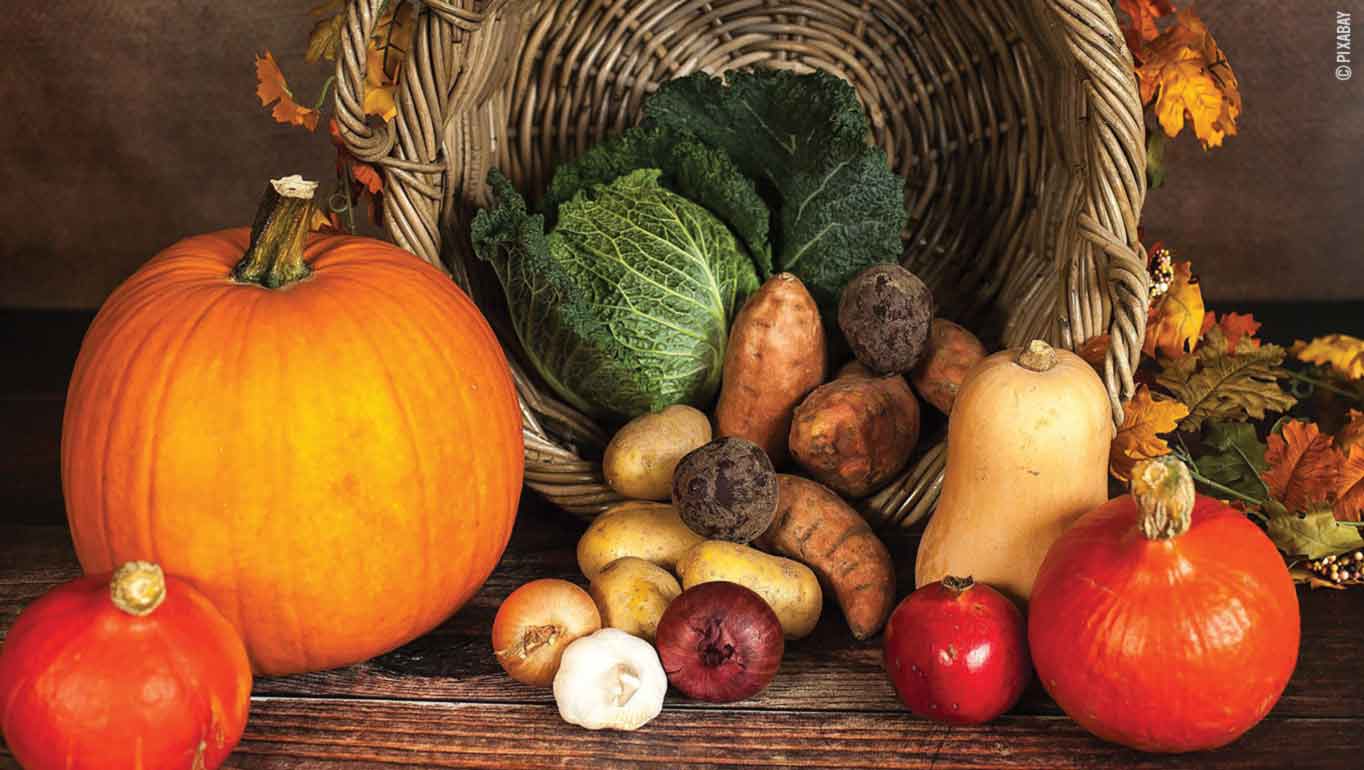It’s 5pm on a typical workday in 2023, and you’ve just finished your work. It’s one of the days you work from home and skip the commute to the office: this leaves you plenty of time for cooking, and you look forward to fixing a delicious ratatouille. You will use the fresh vegetables that were just delivered to you: eggplants and zucchini from Jean, a bright orange squash from Louise, and tasty red tomatoes and perfumed onions from Dominique. How is this possible? Easy, as you have just signed up for the new market garden service which delivers fresh and fully traceable produce from local farms straight to your door.
Rewind to early 2021, when Geneva Macro Labs convened a group of sector experts and entrepreneurs to identify areas of intervention that could positively impact our economy, society and environment. Following an initial design thinking workshop where ideas and assumptions were collected, we, a small project group coalesced around a shared passion for innovation in local economies, decided to meet every week to design the product concept.
Project focus
The project aims to set up and operate a one-stop shop, accessible through a website and mobile app that connects consumers with local farmers. An innovative and agile delivery model that brings locally grown products to the final consumer, facilitating the consumption of healthy and regional food, while also supporting neighboring farms and the local economy. We aimed to develop a sense of community by enabling open and transparent communication throughout the value chain, promoting educational activities, fostering local contacts, and ultimately strengthening consumer-producer relationships.
Context
We started exploring how the COVID-19 pandemic has disrupted the way we live, work and consume, examining how the 2020 lockdowns interrupted existing global supply systems. The trends we observed re-enforced the benefits of a local production/consumption model for the environment, the social fabric, and human relationships.
Identifying a low-cost and low-tech solution to increase the value captured by farmers and consumers throughout the value chain process, we pursued a high-impact model that would promote local food consumption and ensure fair revenues and prices by reducing intermediary costs, while also rewarding quality and proximity.
A two-sided market
To form our approach, we analyzed the two-sided market: producers and consumers. Prices and margins often appeared unfair for local farmers who relied on large distributors or supermarkets, with margins up to 240%. The promotion of fair prices for farmers has become increasingly important at the local, national, and global levels. From a regulatory perspective, top-down initiatives are often insufficient in the face of dominant, large buyers. Bottom-up initiatives – e.g. the constitution of farmers’ markets, producer-consumer cooperatives (AMAP), and “C’est qui le patron’’ in France – play an essential role in the construction of an alternative farmer-consumer relationship.
The above-mentioned margins reveal high operational costs. This presents a strong argument in favour of promoting a local development project to both reduce intermediary costs and increase the value captured by local producers. Eventually, this allows us to promote less invasive production techniques. And, last but not least, to modify consumer price sensitivity, we believe that trust, transparency, and quality must be at the core of our solution.
Target market
To decide on an initial target market, we engaged with sector experts and other actors in the business. Ultimately, we were compelled to look at existing initiatives both in France and Switzerland.
Swiss standards in agriculture are more robust than in other countries, making Switzerland ideal ground for a project linking urban areas to local, sustainable farming. Local farmers are often reluctant to shift from intensive to a more ecological, sustainable, or even regenerative production because of perceived cost requirements. Nonetheless, the Swiss market for regionally produced food is growing and so is the percentage of farmers wanting to connect with the consumers.
Impact evaluation
At the heart of the Agenda for Sustainable Development, the 17 Sustainable Development Goals (SDGs) served as a blueprint to anticipate and assess the short- and long-term impacts of our project, tackling especially, but not exclusively, SDGs 3, 8, 12, 13 and 17.
The potential of a short and transparent supply chain is evident since it can transform consumer and producer behavior into more sustainable and healthy practices while reducing waste. Emerging technologies such as blockchain could guarantee transparency and traceability, while providing consumers with valuable information such as production practices and the exact location and origin of products. Furthermore, for the younger generations, a community-based approach will create an experience around buying groceries and getting to know our food.
Those generations will be the consumers of tomorrow, and we want them to be both well-informed and able to make conscious decisions, because in the end we all want to know not only who makes our clothes, but also who makes our food.



